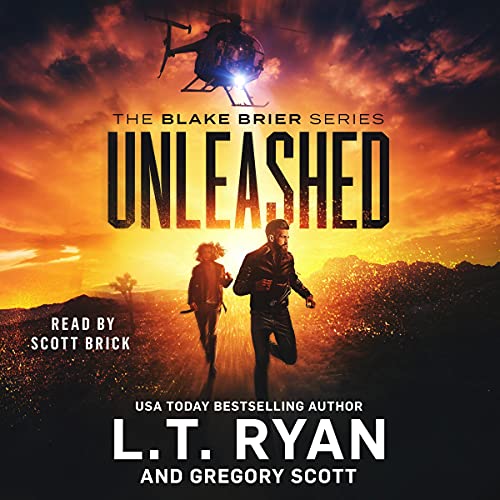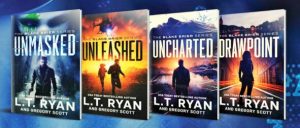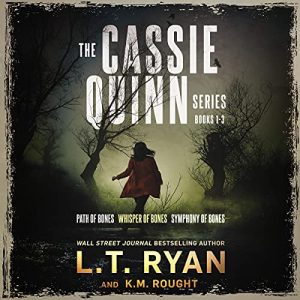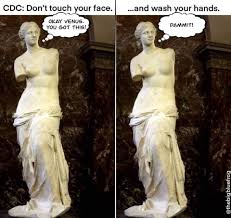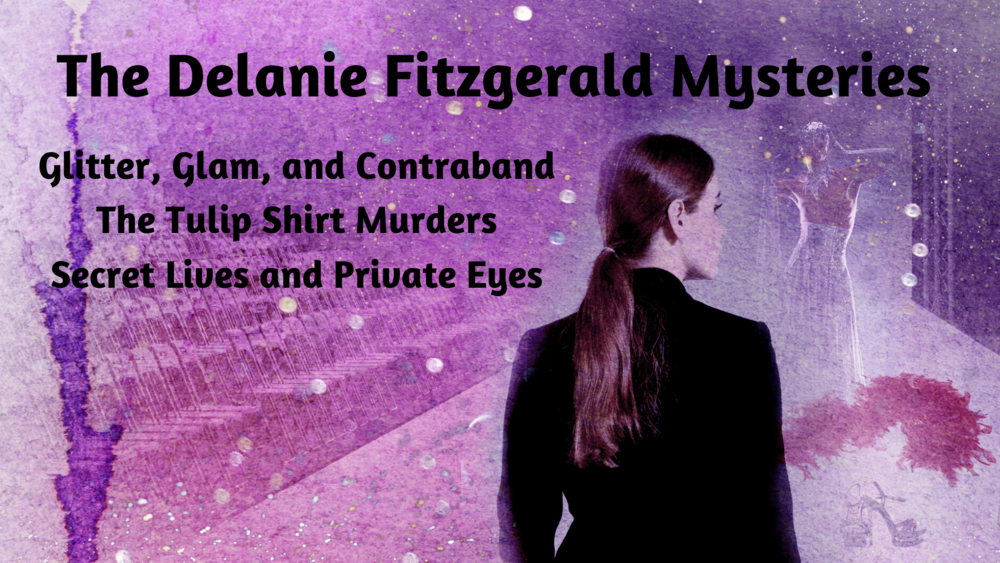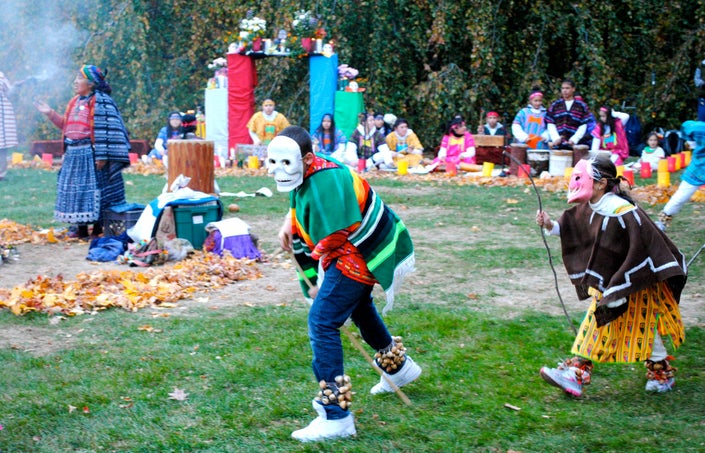L. T. Ryan burst onto the publishing scene in 2012 with the first two books in the best selling Jack Noble series (now numbering 16). With his skills in marketing and technology, he was able to self-publish successfully through Amazon books. Ryan’s writing skills landed him spots on the best-seller lists for Amazon and USA Today.
The following year was even more productive. Ryan published nine more books in 2013, including five volumes in the Jack Noble series. Because he was able to control every step of the publication process, Ryan was able to ensure that all of his works are made available simultaneously in audiobook, eBook, and Kindle format as well as in print.
The Depth of Darkness, also published in 2013, is the first installment in the Mitch Tanner series. The other books in this series (so far!) are Into the Darkness and Deliver Us from Darkness.
The Depth of Darkness is my focus here because it is a great example of good and (in my opinion) bad writing—and thus could serve as a writing lesson to us all!
RELAX: No spoiler alerts needed here. Indeed, I hope you will read L.T. Ryan’s works and let me know what you think.
“L.T.” Ryan has lived in various points in the Appalachians, including Georgia and Virginia, with his wife, three daughters, and one slightly psychologically unbalanced, but lovable dog. He enjoys writing fast paced suspense thrillers. When not staring out the window while pretending to write, he enjoys reading, hiking, mountain biking, fishing, and spending time with the ladies in his life.
The Good
There’s a lot of it.
- His plot here is complicated, with lots of threads that weave together in a believable pattern at the end. It revolves around two elementary school children kidnapped from the playground during recess.
- His characters are interesting, well-drawn, and consistent, including the relatively minor ones (for example, Mitch Tanner’s mother).
- The two children, a really smart white girl and a black boy who suffers from asthma are best friends, perhaps initially based on both being outcasts. This cross-racial friendship is taken for granted/not a focal point for anyone, which I like. In addition, they are caring and protective of each other.
- He avoids the stereotypes of the clingy, dependent female.
- By and large, Ryan has created realistic children (even though occasionally the kidnapped girl seems resourceful beyond eight years old).
- The interpersonal relationships appeal to me.
- I like the balance between Tanner (who tends to be hot-headed and impulsive) and his partner, Sam (who supports Tanner while also providing a voice of reason/practicality.
- Tanner and his pre-school daughter have a close, loving relationship—which is fresher than such a relationship between a father and a young son.
- The sex scenes are handled well. I like that the sex is left to the reader’s imagination rather than being explicit to the point of causing one to wonder, “Could two people really do that?”
The Bad
Although the issues described below distracted me from the reading experience, I greatly enjoyed the book. In fact, I liked The Depth of Darkness so much that I read the entire Mitch Tanner series!
Verbal Distractions
The specific one I noticed most was using “at” unnecessarily, as in, “Where are you at?” If it were only one character, it could be a character note. When multiple characters say it, it’s an author note.
The other thing that made me grimace was telling things implicit in the action. For example, when Tanner took his sunglasses off his head and dropped them in front of his eyes “to keep the sun out of his eyes.” Sunglasses blocking bright sunlight is assumed. A reason to don sunglasses only needs to be mentioned when it’s something else, like hiding the emotion that might be revealed.
Other examples would be unlocking the door and then opening it, or describing how he kicked the door open, then reversed the action to kick it shut again.
Repetitious Actions
Mitch Tanner sweats—copiously and often. The reader gets many descriptions of how and with what he wipes the sweat from his brow. Also described often is the following relief of a blast of AC or cool air from the open refrigerator.
Tanner drinks beer and eats pizza so often one would think they are two of the basic food groups. So, okay. But everyone else seems to pick-up, order, make, or have pizza on hand, too. Why not cold chicken or leftover tuna salad sometimes?
Work calls in the night all seem to come at 2:00 or 2:30 in the morning.
Overall
I recommend L. T. Ryan, because of the “good” stuff mentioned above. Also, I’m a series junkie, and he has a lot of those out there. AND, I didn’t notice the “bad” stuff cited above in all his books (for example, the Rachel Hatch series).
In 2013, Ryan was a (relatively) inexperienced writer, and one would expect improvement with experience.
Bottom line: Your writing doesn’t have to be perfect to be worth reading, so keep at it.
L.T. Ryan’s Works
Jack Noble: Because Bear Logan and Jack Noble’s stories overlap so much, L.T. Ryan has suggested the following reading order to encompass both series.
- The Prequels
- The Recruit
- The First Deception
- The Early Years
- Noble Beginnings (Jack Noble 1)
- A Deadly Distance (Jack Noble 2)
- Bear Logan Series
- Thin Line (Jack Noble 3)
- End Game (Jack Noble 12)
- A gap of over six years exists between Thin Line and Noble Intentions. End Game fills some of this gap.
- The Noble Sagas
- Noble Intentions (Jack Noble 4)
- When Dead in Greece (Jack Noble 5)
- Noble Retribution (Jack Noble 6)
- Noble Betrayal (Jack Noble 7)
- Never Go Home (Jack Noble 8)
- Beyond Betrayal (Jack Clarissa)
- Noble Judgment (Jack Noble 9)
- Never Cry Mercy (Jack Noble 10)
- Deadline (Jack Noble 11)
- Noble Ultimatum (Jack Noble 13)
- Noble Legend (Jack Noble 14) – Pre-order
- Unmasked
- Unleashed
- Uncharted
- Drawpoint
- Contrail



